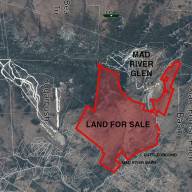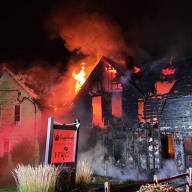Two weeks ago, the Harwood Unified Union School District bond planning committee met to begin the work of presenting district voters with a bond to upgrade the district’s high school and middle school campuses.
In 2021, a $60 million bond proposal was decisively rejected by district voters 73% to 27%. Reasons for that rejection varied then, and now in hindsight, they vary more.
What is clear, however, is that the campuses need practical infrastructure upgrades as well as pedagogical upgrades, efficiency upgrades and more.
As the planning committee was discussing plans to work with the community it was clear that the conversation was happening on many levels. Practically, Superintendent Mike Leichliter pointed out that a bond project in his former district started at $100M in 2018 and increased 50% by the time the project ended.
Project architect David Epstein urged the group to re-price the project ASAP since prices have increased enormously across the board since it was costed out in 2021. Coming to voters will realistic pricing is going to be critical.
But there were other things considered at that meeting – updating the district’s campuses may well cost the equivalent of two year’s operating budgets but the upgrades are for the next 50 years or more. That’s worth keeping in mind as the committee develops plans for what we need and what we can afford.
We need to be careful here, not to be too penny-wise and pound foolish when it comes to spending what we need to bring our schools forward into this century. No one is advocating for higher taxes – no need to do that ‑ that seems to happen automatically.
Consider a concept that was discussed at the meeting – building a net zero building – a standard all Vermont buildings will need to meet seven years from now or six years from 2024 when we will vote on this bond.
Vermont is recovering from another 100-year flood, only 12 years after a 500-year flood. Wildfires in Maui, Hawaii, burned the city of Lahaina to the ground this month. Building to offset climate change is idealistic, to be sure, but is it not also pragmatic, realistic, and prudent?
After all, how much is it costing us to recover from flood after flood and fire after fire?












